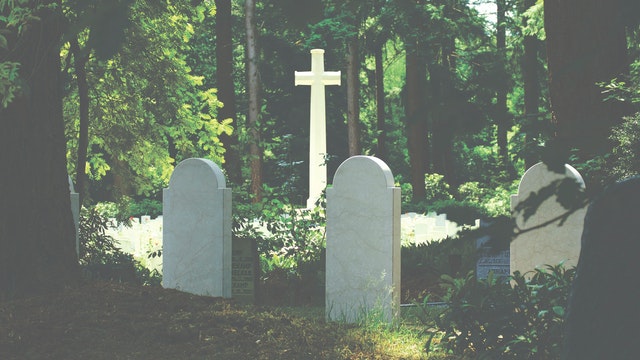A Quick Comparison Between Cremation and Burial
The thoughts about having a body cremated or buried are personal, but services offered at direct cremation in Westerville, OH make it more accessible. People typically have numerous questions regarding the variations in these processes as they work on their pre-paid funeral plans and consider what will happen to their bodies when they pass away.
The Cremation Method
Cremation laws differ from state to state. However, some general guidelines for preparation and transportation apply everywhere. Here’s what you should know about cremation before, during, and after it.
Before Cremation
Funeral directors may have to wait up to 48 hours after a person dies before they can start the cremation process. This is based on the state. Officials take this time to complete the relevant authorization documents and obtain the requisite permits.
Family members can say their goodbyes, complete rites of passage, or hold a funeral service before the cremation begins. The family can gather personal belongings or precious materials if a funeral or visitation is held.
During the Cremation Process
All cremations are done one at a time. The casket or container is first placed in the cremation chamber by the staff. The chamber may achieve temperatures of 1,400°F to 1,800°F, guaranteeing that all remnants are thoroughly digested. Depending on the weight and size of the body, the procedure can take anywhere from 1 to 3 hours. Following the cremation, there is a cooling time to allow the remains to cool enough for workers to handle.
After the Cremation
The urn chosen to house the remains is returned to the family or the authorized cemetery or funeral home unless otherwise stated. When it comes to the final resting site of the bones, there are various alternatives. These are some of them:
- Placing the urn in a mausoleum, either indoors or outside
- Burying the urn in a family plot or urn garden at a cemetery
- Distributing the remains per the wishes of the deceased
- Keeping the urn in a loved one’s house
- Pros of Cremation
- It is less expensive.
- Your loved ones will be able to keep your remains with them.
- There are no time constraints, and cremations can be performed anywhere.
- Cons of Cremation
- Some family members may be apprehensive about the procedure.
- Cremation is not available in every location.
Burial Procedures
Bathing and disinfecting the body, regardless of the service chosen, is the first stage in the burial procedure. The process protects the funeral personnel, visiting friends, and family and gives the departed a sense of dignity and respect.
Before the Service
The following steps are decided by the family or friends in charge of the funeral arrangements. If the body is being moved to another state, it can be embalmed for a traditional funeral service or kept in refrigeration. Arrangements are made to transport the body to its last resting place if the decedent dies while out of town or the family desires a burial in a different area. A funeral director will usually make transportation arrangements because they know the specialized criteria for transporting bodies.
Before Burial
No state law requires embalming, though certain states may require embalming or refrigeration if the body is not buried within a particular amount of time. Refrigeration is frequently used as a substitute for embalming. Embalming is not required for some services, such as rapid burial.
After the Service
What occurs next is determined by the type of funeral. Transporting the dead to a cemetery or other burial is a standard part of traditional funerals. An official, in some instances, may perform a graveside service.
Pros of Burial
- Your loved ones will have a place to see your ashes. It’s more well-known, and more people are at ease with it.
- The family can customize the coffin, headstone, and placement of the memorial.
- Cons of Burial
- Burials are more costly.
- Cemeteries have their own set of restrictions, limiting your options.
Direct cremation in Westerville, OH is always available to assist with the cremation process.
